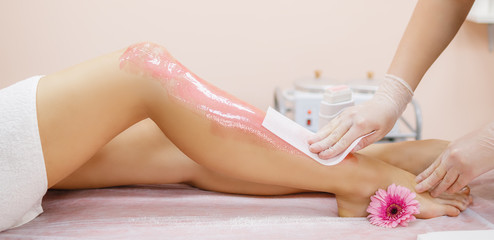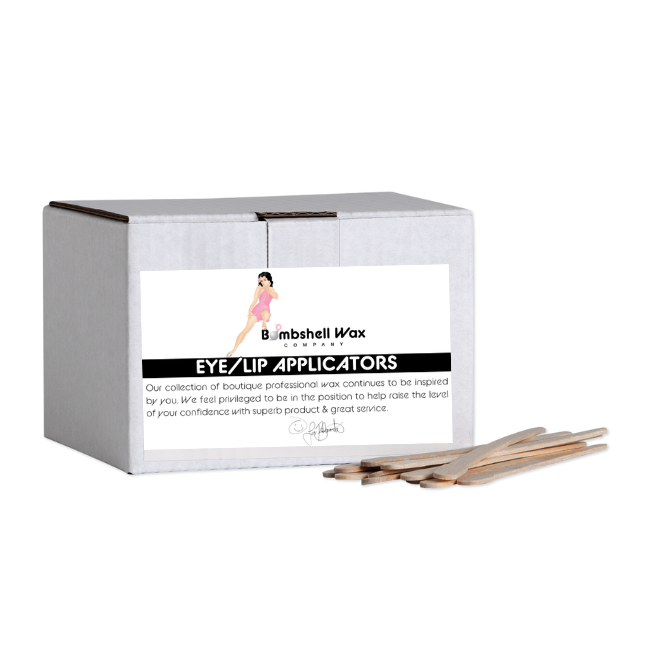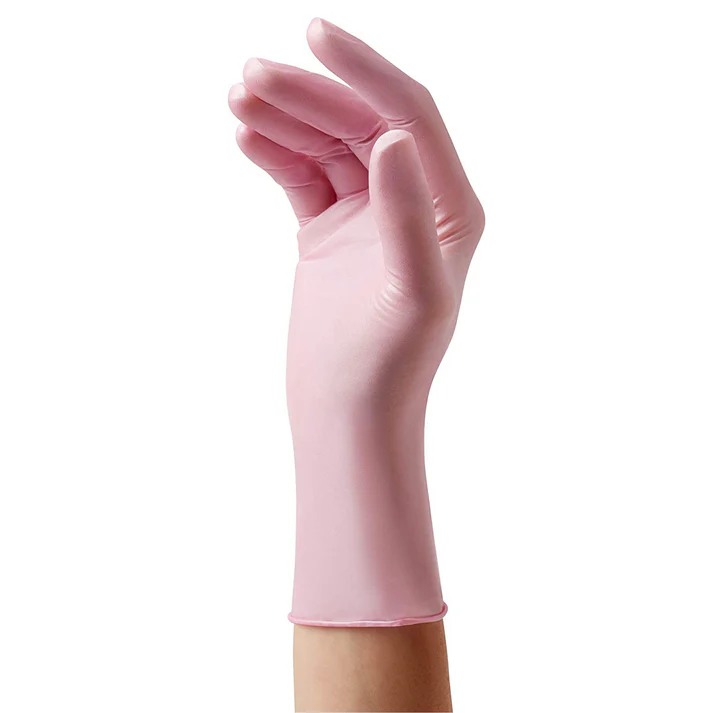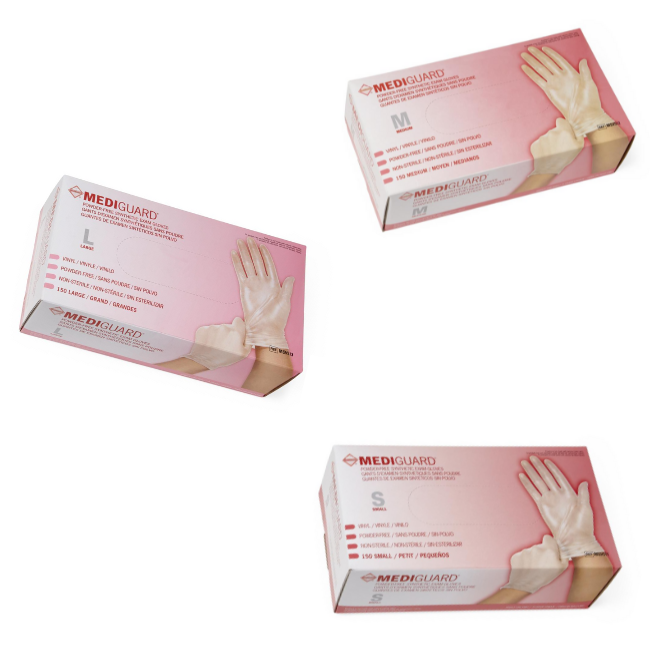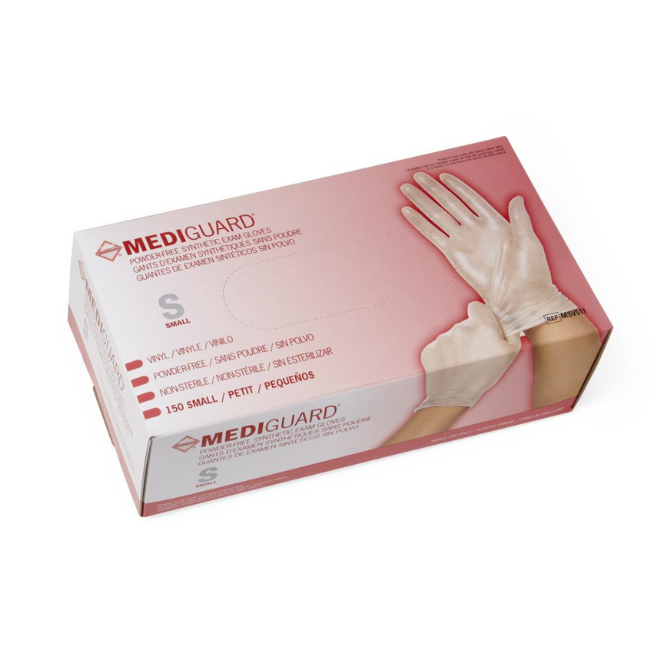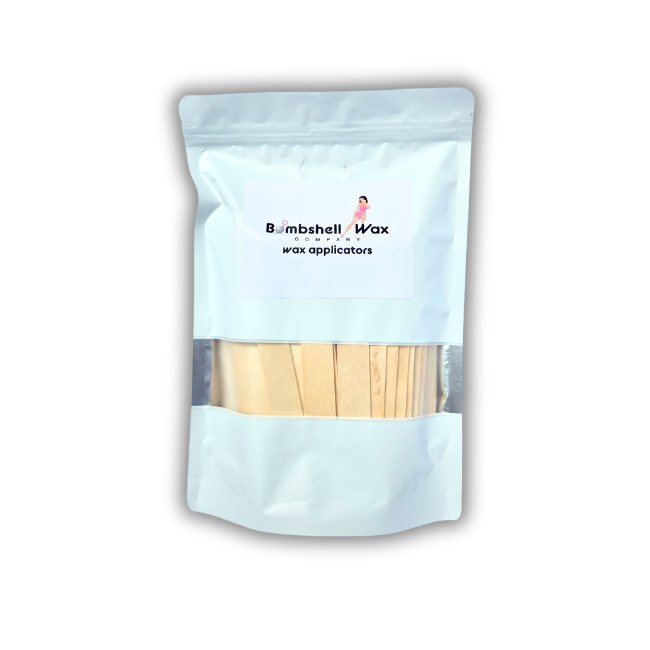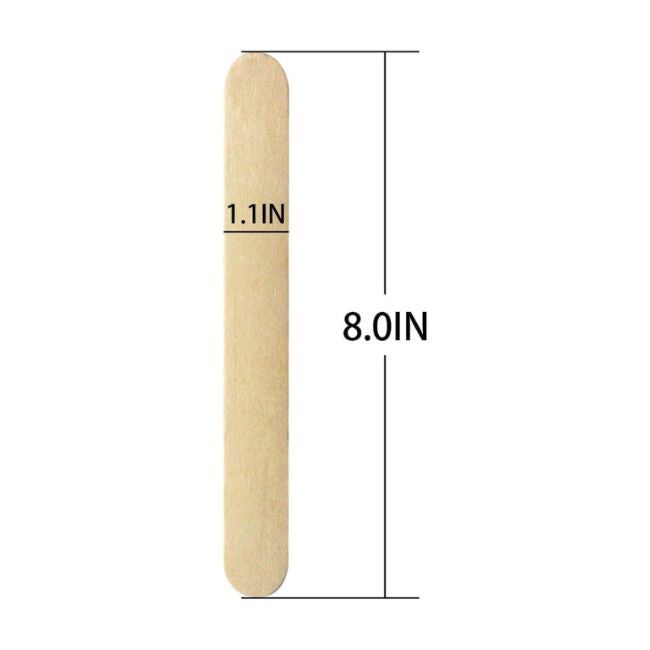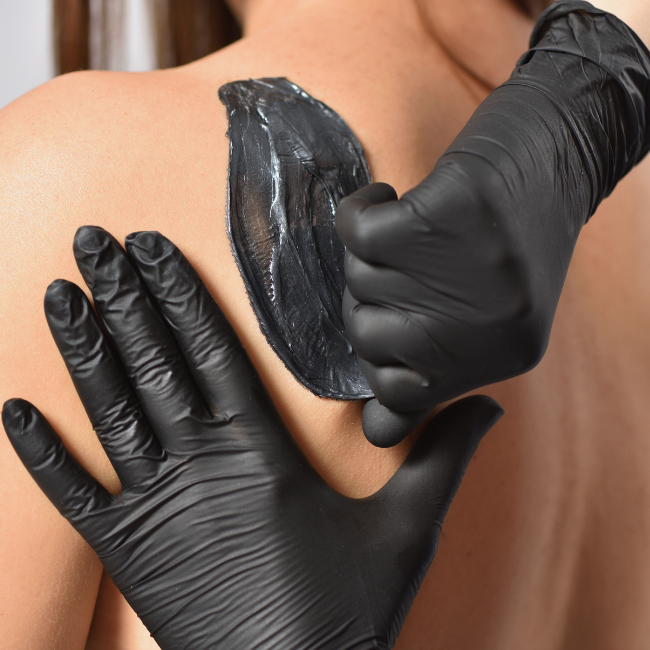

Troubleshooting Common Hard Waxing Problems and How to Fix Them
Hard wax is a favorite for many professionals because it grips hair without sticking heavily to skin and provides a comfortable experience for clients. Even with technique and practice, waxing mistakes can still happen. The good news is that most hard wax issues have simple solutions once you understand what causes them.
Below is a detailed guide to the most common hard wax problems you may encounter in the treatment room, along with clear ways to troubleshoot and prevent them during future services. Whether you are a new esthetician or a seasoned professional fine tuning your technique, these solutions can help create smoother results for every client.
Wax Cracking or Breaking
One of the most frequent challenges with hard wax is cracking. This happens when the strip cools unevenly or dries out before removal. If the wax becomes brittle, it will snap apart, leaving pieces stuck on the skin and slowing down the service.
Why it happens
Cracking usually occurs because the layer was applied too thin, the wax cooled for too long, or the temperature in the room caused it to harden faster than expected.
How to fix it
Apply hard wax in slightly thicker sections to give the strip flexibility. Remove the wax when it reaches the point of being set but still pliable. If your room is particularly cool, adjust timing or maintain warmer ambient conditions so the wax does not stiffen prematurely. Practice watching and touching the edges of the strip to learn the perfect removal moment.
Lifting Skin During Removal
Skin lifting is a serious concern because it causes discomfort and irritation. While hard wax is gentler than many formulas, incorrect technique can still create unnecessary trauma.
Why it happens
Lifting may occur when the skin is not properly supported, the wax is removed at the wrong angle, or the area has not been prepped correctly. Clients using certain medications or exfoliating ingredients may also be more prone to sensitivity.
How to fix it
Prepare the skin with a light cleansing step and dry thoroughly. Stretch the skin firmly during removal to give resistance and reduce pull. Remove hard wax parallel to the skin rather than upward to protect delicate areas. Review client intake forms carefully to identify contraindications that require caution or alternative approaches.
Wax Not Removing All the Hair
Another common frustration is when a strip leaves behind stray hairs even though the wax appears to have set correctly. This slows down the service and can lead to discomfort if multiple passes are needed.
Why it happens
Hair breakage, insufficient wax temperature, or incorrect application direction can all interfere with full removal. Sometimes the hair is too short for the wax to grip effectively.
How to fix it
Apply wax in the direction of hair growth and remove against the growth pattern. Make sure the wax temperature allows for smooth spreading without being runny. Encourage clients to maintain proper hair length between appointments. If certain follicles consistently resist removal, adjust your angles and pressure to target them more accurately.
Wax Sticking Too Much to the Skin
Hard wax is designed to grip hair while releasing skin easily, so when it feels overly sticky, the formula or technique likely needs adjustment.
Why it happens
If the wax is too hot, too cold, or applied too thinly, it may cling to the skin instead of forming a flexible strip. Humidity and client skin type also influence how the wax behaves.
How to fix it
Evaluate your consistency before applying. Hard wax should look glossy and smooth, not stringy or overly fluid. Maintain a steady working temperature and check the thermostat on your warmer often. Apply in even, controlled layers with a clean edge to ensure a reliable base for removal. If you encounter residue, gently press a fresh layer of wax over the area to lift leftover pieces.
Wax Not Drying or Setting Correctly
If a strip feels soft or tacky even after waiting, the wax may not have set well enough to remove comfortably.
Why it happens
Most problems with setting stem from incorrect temperature or overly thick application. Environmental conditions such as humidity or a warm room may also slow down the process.
How to fix it
Spread hard wax at a consistent thickness and allow it to cool until it is firm but not brittle. Keep your warmer at the recommended temperature and stir regularly for even heat distribution. If the room is very warm, give each strip a few extra seconds to set to achieve an optimal texture.
Wax Leaving Behind Excess Residue
Residual pieces of wax can disrupt your workflow and create a messy finish. This usually signals that the wax never fully adhered to the hair or that parts of the strip cooled at different rates.
Why it happens
Applying wax in uneven layers or removing too early often results in bits of wax staying behind. Using old or overheated wax may also create problems with consistency.
How to fix it
Focus on smooth, even application and ensure the entire strip has fully cooled before removing. If small bits remain stuck to the skin, press a fresh piece of soft wax or a gentle strip of hard wax over the area to pick them up. A consistent working rhythm helps maintain uniform temperature and performance.
Pain or Excessive Client Discomfort
While waxing is never completely painless, clients should feel as comfortable as possible. If clients consistently report increased discomfort, it is worth reviewing your technique.
Why it happens
Discomfort can arise from slow removal, incorrect angles, or insufficient skin support. Clients may also be dehydrated or experiencing heightened sensitivity due to hormones, skincare products, or stress.
How to fix it
Work with quick, confident movements and maintain clear communication throughout the service. Use proper tension when removing hard wax and keep pressure on the skin immediately afterward to calm the area. Ask clients about their routine to understand any factors that may influence sensitivity.
Hard Wax Drying Too Slowly or Too Quickly
Temperature management plays a major role in wax behavior. If the wax dries too quickly, you may struggle with cracking. If it dries slowly, the service may take longer than necessary.
How to fix it
Monitor your warmer closely and adjust based on the room conditions. In cooler rooms, you may need a slightly higher temperature. In warmer environments, work with smaller sections to ensure the wax sets at the right speed. Stirring regularly helps maintain predictable consistency.
Troubleshooting hard wax issues is an important part of mastering professional waxing services. Once you understand how wax temperature, application technique, client skin type, and environmental conditions all interact, you can easily identify problems and correct them on the spot. With consistent practice and attention to detail, you can deliver smooth, effective results every time.




